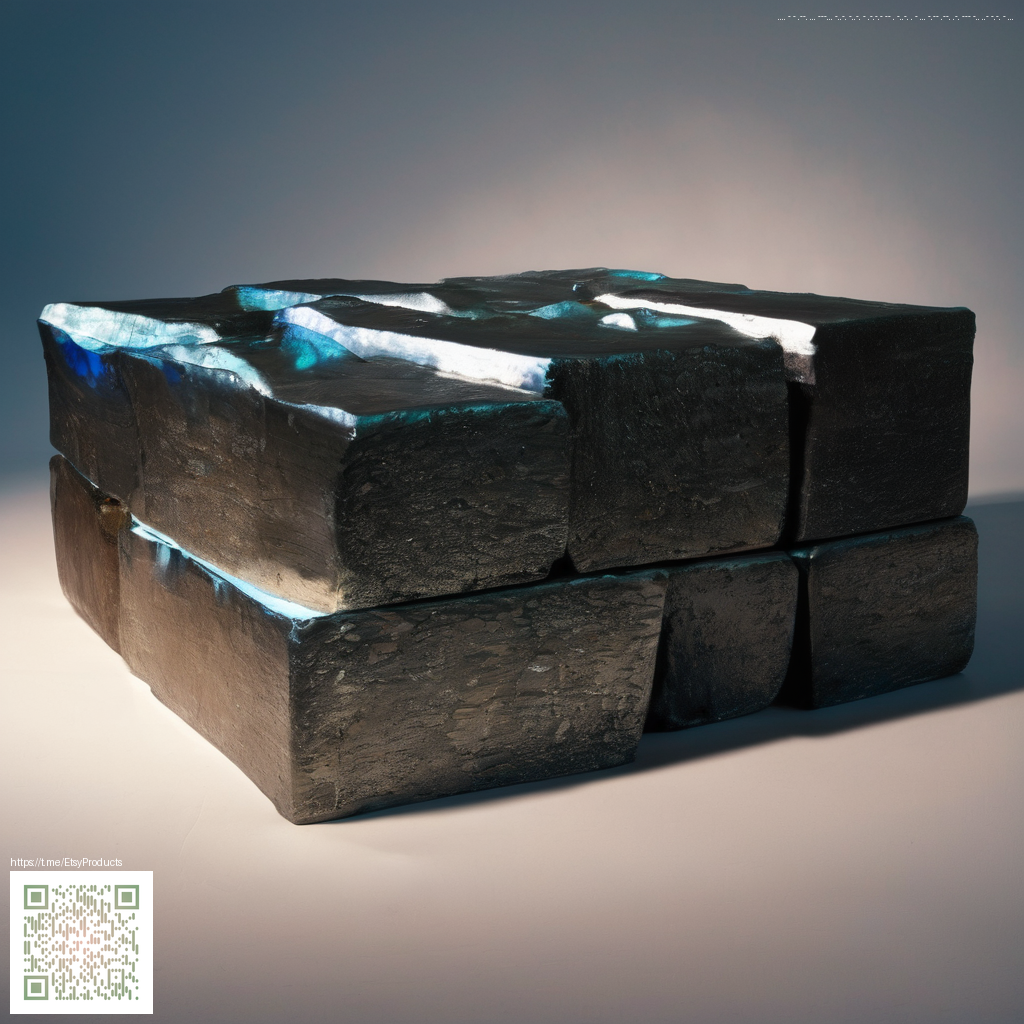Unraveling a Chinese Skull Mystery: Denisovan or Something Else?
When a fossil is described in breathless headlines as “million-year-old,” the imagination tends to leap ahead to dramatic conclusions. In reality, the path from a bone fragment to a confident human lineage label is much more intricate. The skull fragment from China has sparked lively debate about whether it belongs to a Denisovan lineage or to another branch of our ancient family tree. What makes this puzzle especially tricky is that the Denisovans are a volumetric mystery—known primarily from genetic traces rather than a complete fossil record. This means researchers must weigh morphology, dating context, and any available DNA signals with extraordinary caution.
Denisovans are a relatively young chapter in the story of human evolution, revealed most clearly through DNA recovered from the Denisova Cave in Siberia. That genetic window has shown us a population that contributed to the ancestry of some modern humans and left distinctive traces in their genome. However, translating those genetic fingerprints into predictable physical features is not straightforward. A skull found in China could resemble the broad diversity of hominins seen across East Asia, where Homo erectus, ancient Homo sapiens, and other lineages left their marks over millions of years. In other words, appearance alone often cannot settle the question.
“Morphology can point us in a direction, but it rarely writes the final taxonomy by itself. DNA provides the corroborating, sometimes decisive, context.”
To tease apart this particular case, scientists rely on a combination of dating methods, contextual archaeology, and comparative anatomy. Some of the questions they pursue include: How old is the strata where the skull was found? What other skeletal material accompanies it, and what does that imply about the local ecosystem at the time? Do the cranial features align more closely with known Denisovan morphology, or do they echo East Asian populations linked to Homo erectus or other archaic lineages? And crucially, is there any preserved molecular signal that could tilt the balance toward a Denisovan origin or toward a different branch of our primate family tree?
Key considerations researchers weigh
- Dating and context: Radiometric dating and stratigraphic correlations help place the skull within a timeline. Even a generous uncertainty window can complicate lineage assignments when the timeline overlaps with multiple hominin groups.
- Morphology vs. genetics: Cranial shape, brow ridges, dentition, and other features provide clues, but convergent evolution can mimic features across distant populations. DNA, when recoverable, can confirm or challenge morphological assessments.
- Geographic expectations: East Asia is a mosaic of populations across vast timescales. The likelihood of a single, neatly categorized Denisovan skull in every era diminishes as regional variation increases.
- Preservation limits: Million-year timescales often mean degraded material. In such cases, researchers must be especially cautious about over-interpreting fragmentary evidence.
In addition to the scientific dialogue, this discussion resonates with the broader public interest in how we understand human origins. The narrative is rarely black and white. It’s a tapestry woven from bones, dirt, chemical signals, and the stories they tell about migrations, interbreeding, and adaptation. As readers, we should appreciate how new data can refine or redraw previously held ideas rather than cling to a single, definitive answer until all lines of evidence align.
For those who follow the science closely and also work in practical, precise environments, small details matter in everyday life too. For instance, precision at the workstation mirrors the care researchers apply to fossil interpretation. A practical tool—such as this Custom Rectangular Mouse Pad 9.3x7.8 Non-Slip Backing—can help maintain focus during long days at the bench, whether you’re annotating measurements, running simulations, or reviewing scans. It’s a tiny reminder that accuracy is built step by step, with attention to both big questions and small details.
Meanwhile, the ongoing discourse about the Chinese skull invites us to stay curious and cautious. Until researchers can triangulate morphological signals with robust genetic data (when possible) and a well-supported dating framework, the question of Denisovan affiliation remains open to interpretation. The field continues to evolve with new finds, new methods, and new collaborations across disciplines. That dynamic, more than any single verdict, drives the most reliable paths toward understanding our complex ancestry.
